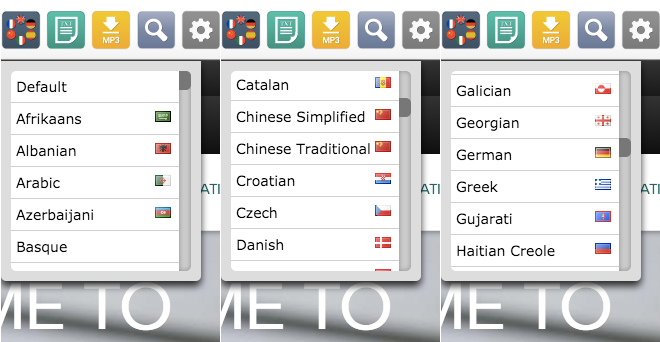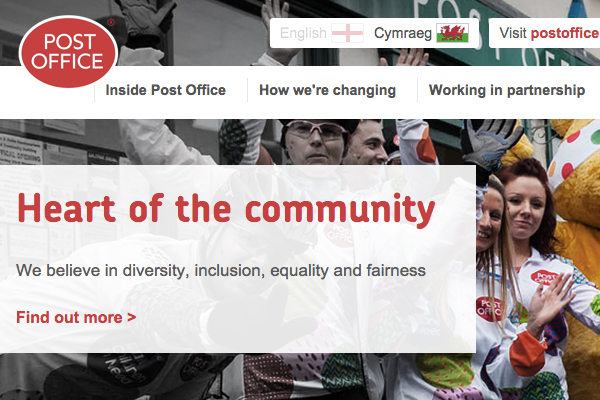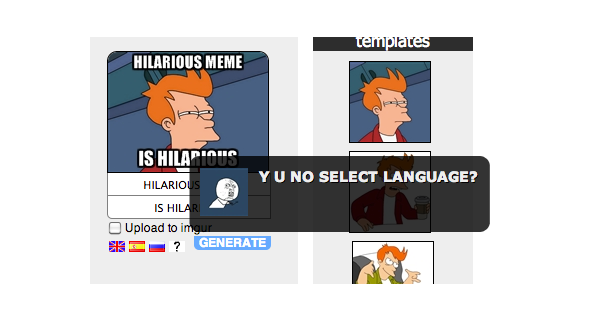In 2012 I wrote about Deezer mixing up ISO country codes and languages codes — specifically Montserrat for Melayu and as a result using the flag of a small English-speaking Caribbean island for the Malay language. (Deezer has since replaced their flags and languages with a simple list of languages presented in their native name).
I recently spotted a similar set of mix ups on a plug in for accessibility and translation from Recite me used on sites such as London’s Gatwick Airport.

There are some curious flag choices made for representing languages: such as Andorra for Catalan. With a population of around 80,000, there are are fewer people in Andorra than the seating capacity of Catalonia’s largest football ground, FC Barcelona’s Nou Camp (almost 100,000 people).
Traditional Chinese is represented with China’s flag while it is far more commonly used in Taiwan (where Simplified Chinese is rarely used).
The Indian flag is also used three times — for Hindi, Tamil and Telugu. However, Gujarati does not have an Indian flag: instead it has the flag of Guam. Galician also has the Greenland flag.
This is where checking your country codes and languages codes is very important: the two-letter ISO language codes for Galician (GL) and Gujarati (GU) are the same as the two-letter ISO country codes for Greenland (GL) and Guam (GU) respectively.
However, by far the strangest combination of flags and languages here is the first one: Afrikaans is shown with a Saudi Arabian flag. Another mix up possible with the “SA” abbreviation of South Africa (where Afrikaans is spoken) and Saudi Arabia?
Confusing language and country codes is one pitfall of using flags to represent languages: another is the added onus of having to ensure you’re actually using the “right” flag (and determining the “right” flag is also full of pitfalls).
Had this language selector used a simpler approach with just language names presented in their native name and script then mixing up and even confusing flags wouldn’t even be an issue.















